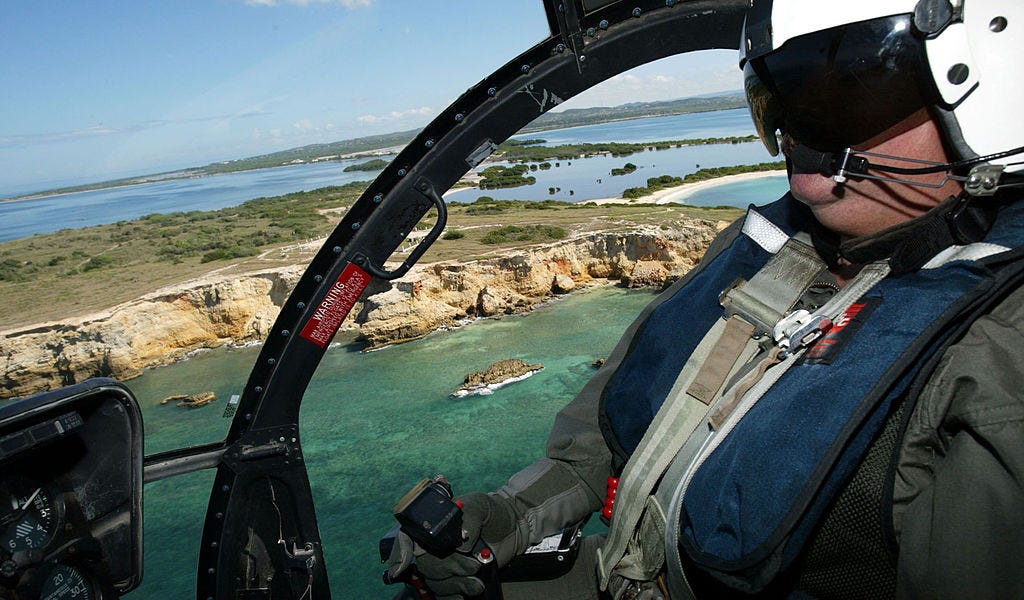
At Least 4 Dead, 20 Missing After Boat Sinks Near Dominican Republic

 :
| Updated On: 12-Jul-2025 @ 1:26 pm
:
| Updated On: 12-Jul-2025 @ 1:26 pmSHARE
A tragic incident occurred off the coast of the Dominican Republic in the Caribbean, where a migrant boat capsized, resulting in the death of four refugees and migrants, while approximately 20 others remain missing. According to officials, the boat was en route to Puerto Rico, a U.S. territory, carrying around 40 individuals—mainly Haitians and Dominicans—who were attempting to flee in search of a better life. The risky voyage highlights the growing desperation of people from Haiti and the Dominican Republic who continue to take perilous journeys across treacherous waters in hopes of reaching safer, more prosperous lands.
The Dominican Republic’s civil defence authority, as reported by AFP news agency, stated that 17 people were successfully rescued from the ill-fated vessel. The Dominican Navy confirmed that among those rescued were 10 Dominicans and 7 Haitians. A child was also among the survivors, underscoring the risks families are willing to take in pursuit of a better future.
The boat used in this attempted crossing was a type commonly referred to as a “yola,” a small, makeshift vessel typically constructed from wood or fiberglass. These boats are known for being overcrowded and lacking in basic safety features, making them especially dangerous for long sea journeys. Authorities emphasize that such vessels do not meet maritime safety standards, contributing to the high risk of accidents during such crossings.
Migrants often pay a steep price for these one-way trips—up to $7,000—despite the obvious dangers. The Dominican Republic, which shares the island of Hispaniola with crisis-stricken Haiti, has become a hotspot for such illegal migration attempts, with Puerto Rico being a key destination due to its status as a U.S. territory. The belief that life may be better across the waters continues to drive both Dominicans and Haitians to undertake these hazardous voyages.
Illegal migration from the Dominican Republic to Puerto Rico has been steadily increasing over the past decade. Authorities note that these attempts are often organized by human smugglers who exploit the desperation of migrants. One such smuggling route includes Mona Island, an uninhabited nature reserve located between the Dominican Republic and Puerto Rico. Over the years, this remote island has become a common transit point for smugglers transporting people illegally between the two countries.
This is not the first time such a tragedy has occurred. In 2022, a similar incident took place near Mona Island, where at least five migrants drowned and 66 others were rescued from a suspected smuggling boat. These repeated incidents reveal a consistent pattern of high-risk maritime migration, fueled by poverty, instability, and a lack of opportunities in both the Dominican Republic and Haiti.
The latest tragedy off the Dominican coast serves as a stark reminder of the ongoing humanitarian crisis in the region. It underscores the urgent need for regional cooperation and international support to address the root causes of migration, enhance maritime security, and create safer, legal pathways for those seeking a better life. Until then, the Caribbean Sea will likely continue to witness such heartbreaking incidents involving desperate migrants chasing hope across dangerous waters.